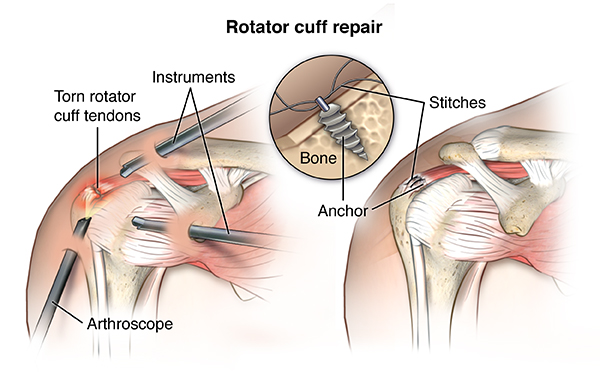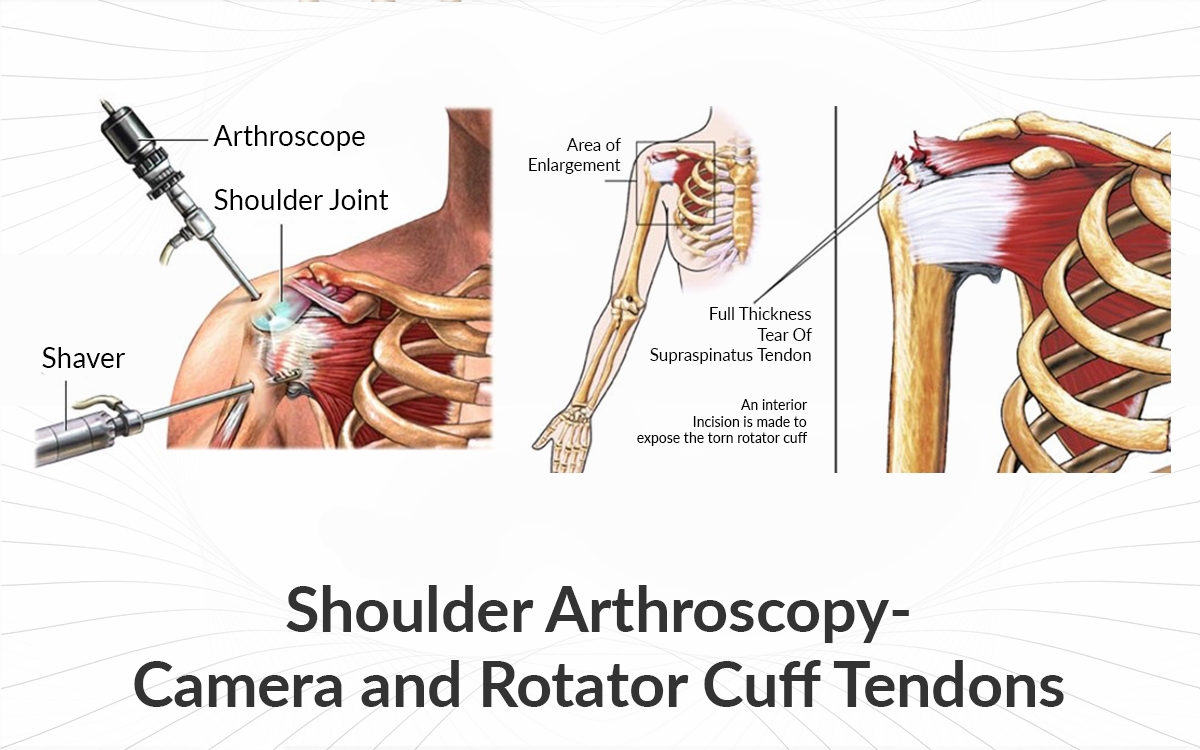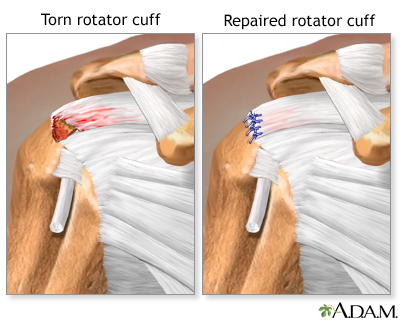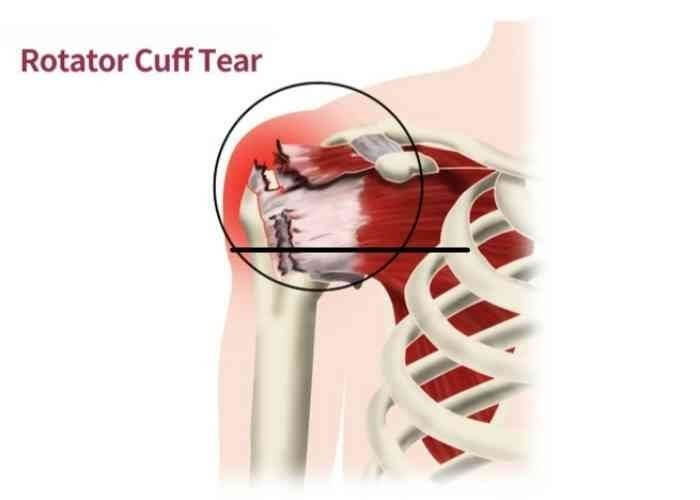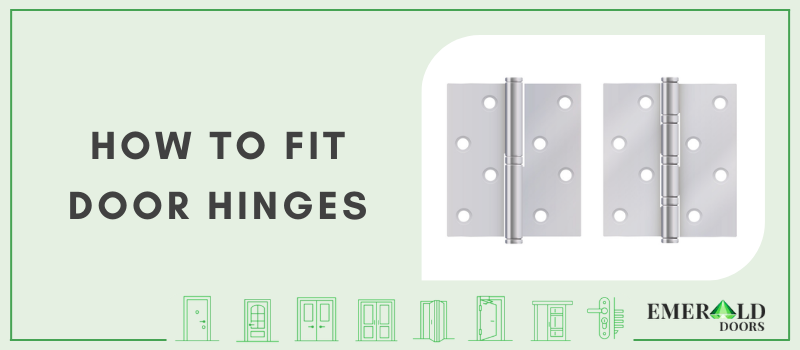Clinical outcomes and repair integrity of arthroscopic rotator
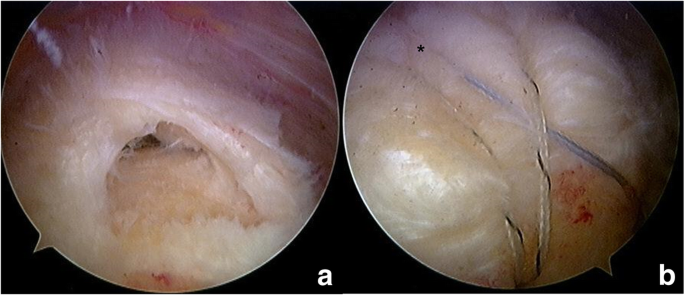
Background There have been few studies comparing clinical and radiological outcomes between the conventional and knotless suture-bridge techniques. The purpose of this study was to evaluate and compare the functional outcomes and repair integrity of arthroscopic conventional and knotless suture-bridge technique for full-thickness rotator cuff tears. Methods We prospectively followed 100 consecutive patients (100 shoulders) with full-thickness rotator cuff tears treated with the arthroscopic conventional or knotless suture-bridge technique from October 2012 to July 2014. Enrolled patients returned for follow-up functional evaluations at 1 and 2 years after the operation. There were four outcome measures in this study: American Shoulder and Elbow Surgeons (ASES) scores, Shoulder Rating Scale of the University of California at Los Angeles (UCLA) scores, Constant scores, and visual analog scale (VAS) pain scores. Enrolled patients returned for follow-up magnetic resonance imaging or ultrasonography evaluation to confirm the integrity of the repaired cuff at 6 months post-operation (97% follow-up rate). Also, we investigated the preoperative cuff retraction of enrolled patients using preoperative MRI to find out correlation between the stage of cuff retraction and re-tear rate. Results At final follow-up, the average UCLA, ASES, Constant, and VAS scores had improved significantly to 32.5, 88.0, 80.4, and 1.3, respectively, in the conventional suture-bridge technique group and to 33.0, 89.7, 81.2, and 1.2, respectively, in the knotless suture-bridge technique group. The UCLA, ASES, Constant, and VAS scores improved in both groups after surgery (all p < 0.001), and there were no significant differences between the two groups at 2-year follow-up (p = 0.292, 0.359, 0.709, and 0.636, respectively). The re-tear rate of repaired rotator cuffs was 16.3% (8/49 shoulders) in the conventional suture-bridge technique group and 29.2% (14/48 shoulders) in the knotless suture-bridge technique group; this difference was not significant (p = 0.131). There were no significant differences between the re-tear rate of the two groups in the Patte stage I and II (p = 0.358 and 0.616). Conclusions The knotless suture-bridge technique showed comparable functional outcomes to those of conventional suture-bridge techniques in medium-to-large, full-thickness rotator cuff tears at short-term follow-up. The knotless suture-bridge technique had a higher re-tear rate compared with conventional suture-bridge technique, although the difference was not significant.

JCM, Free Full-Text

Longitudinal Long-term Magnetic Resonance Imaging and Clinical Follow-up After Single-Row Arthroscopic Rotator Cuff Repair: Clinical Superiority of Structural Tendon Integrity - Philipp R. Heuberer, Daniel Smolen, Leo Pauzenberger, Fabian Plachel
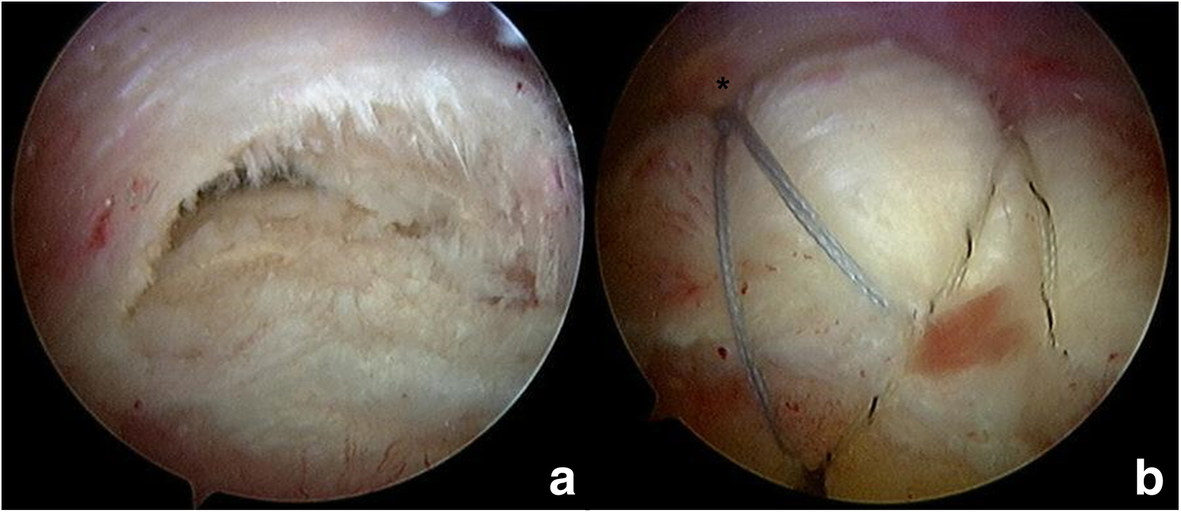
Clinical outcomes and repair integrity of arthroscopic rotator cuff repair using suture-bridge technique with or without medial tying: prospective comparative study, Journal of Orthopaedic Surgery and Research

Knotted and knotless double row transosseous equivalent repair techniques for arthroscopic rotator cuff repair demonstrate comparable post-operative outcomes
Stem cell sheet interpositioned between the tendon and bone would be better for healing than stem cell sheet overlaid above the tendon-to-bone junction in rotator cuff repair of rats

PDF) Arthroscopic transosseous versus suture anchor repair: clinical outcomes in patients with bilateral rotator cuff tears

Figure 2 from Biomechanical Performance of Medial Row Suture Placement Relative to the Musculotendinous Junction in Transosseous Equivalent Suture Bridge Double-Row Rotator Cuff Repair.

Clinical outcomes of arthroscopic rotator cuff repair: a retrospective comparison of double-layer, double-row and suture bridge methods, BMC Musculoskeletal Disorders

Arthroscopic revision cuff repair: do tendons have a second chance to heal? - Journal of Shoulder and Elbow Surgery

PDF) Longitudinal Long-term Magnetic Resonance Imaging and Clinical Follow-up After Single-Row Arthroscopic Rotator Cuff Repair: Clinical Superiority of Structural Tendon Integrity

Arthroscopic, Anchorless, Transosseous Rotator Cuff Repair - Johns Hopkins Medicine
